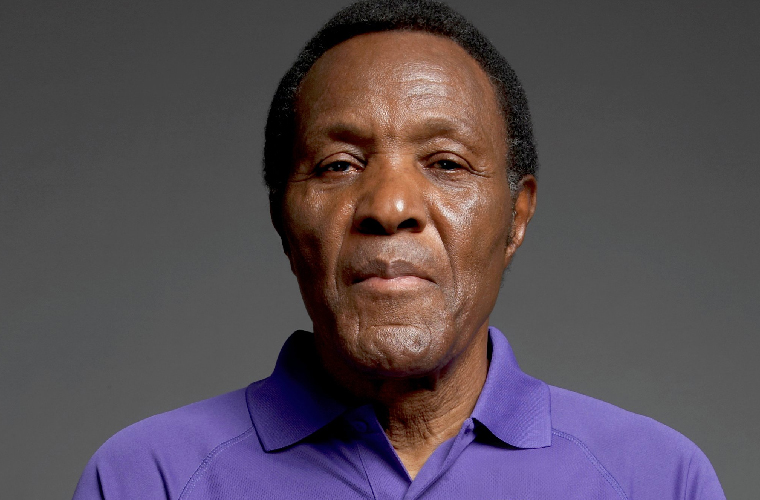Rafer Johnson made his decathlon debut in 1954 and the next year he won the Pan American Games title and set the first of his three world decathlon records. At the 1960 Olympic Games, he became the first African American athlete to carry the U.S. flag in the Olympic procession, and he captured the decathlon gold medal. Rafer Johnson also became the first African-American to win the prestigious James E. Sullivan Award, which is given annually to the top amateur athlete in the United States. In 1960, Rafer was voted “Track and Field News” world athlete of the year.
Rafer Lewis Johnson was born on August 18, 1935, in Hillsboro, Texas. In hopes of bettering their living conditions, the Johnson family moved to Kingsburg, in California’s San Joaquin Valley, when Rafer was nine years old. The family lived in a railroad boxcar, which they had modified into a home. Rafer was one of six children. His brother, Jimmy Johnson, played defensive back for the San Francisco 49ers and is a member of the Pro Football Hall of Fame. Rafer’s athletic career nearly ended before it began when, as a young boy, his left foot was severely cut when it was caught in a conveyor belt.
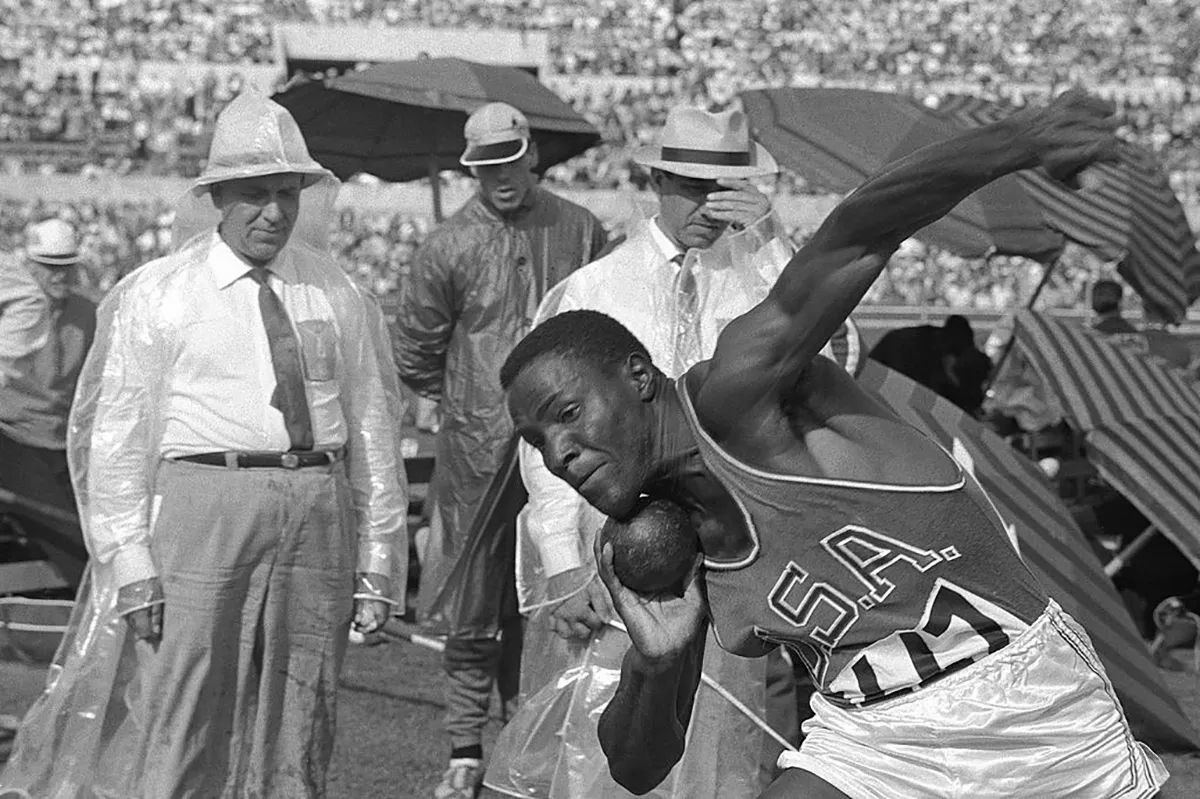
A versatile athlete, Rafer Johnson played on Kingsburg High School’s football, baseball, and basketball teams, winning a total of thirteen varsity letters. As a halfback, Rafer averaged more than nine yards every time he carried the football and led his team to three league championships. He was also an outstanding basketball player, averaging 17 points per game. Rafer was the center fielder in baseball, where he batted more than .400, including a .512 average in his junior year. He was also elected class president in both junior high and high school. At 16, he became attracted to the decathlon after seeing double Olympic champion Bob Mathias compete and told his coach, “I could have beaten most of those guys”. In the end, track and field became his main sport. He won state championships in the 110-yard hurdles and the decathlon.
Rafer Johnson was offered a football scholarship but decided football was too risky for his track career. Fearing injury, he decided to quit playing football for good. Attending UCLA, Johnson was active in college pledging the Pi Lambda Phi fraternity and being elected the class President in 1955. Rafer Johnson competed in his first decathlon during his freshman year in 1954. He went to the Pan Am Games in Mexico City and won the decathlon title in 1955, scoring a total of 6,994 points.
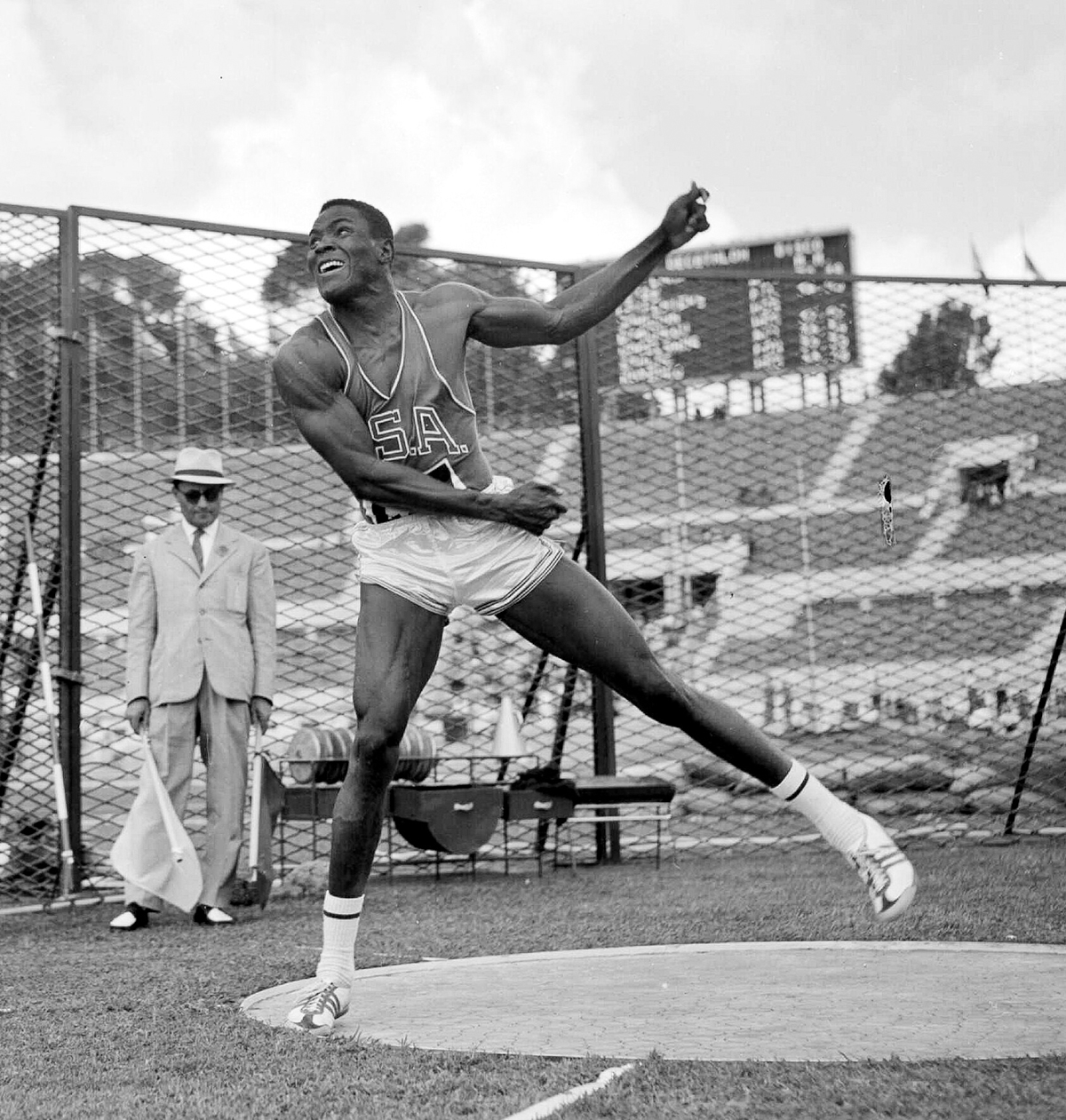
An accomplished all-around athlete, Johnson also played basketball at UCLA and was a starter on the 1959-1960 team under head coach John Wooden. Says Johnson, “Many of the things that I’ve accomplished beyond my years at UCLA, including my relationship with my family and friends and the fact that I’m very much interested in giving back to the community, have a great deal to do with what I learned from coach Wooden.”
In 1956, Rafer Johnson won his first national decathlon championship at the Amateur Athletic Union (AAU) meet. In his enthusiasm to prepare himself for the 1956 Olympics in Melbourne, Australia, Johnson tore a stomach muscle. The old football injuries that he feared had caught up with him. Rafer Johnson was still able to win a silver medal behind fellow American Milt Campbell. He was forced to withdraw from the long jump, for which he had also qualified. The second-place finish would prove to be the last time in his career that Johnson wasn’t at the top of the victory stand.
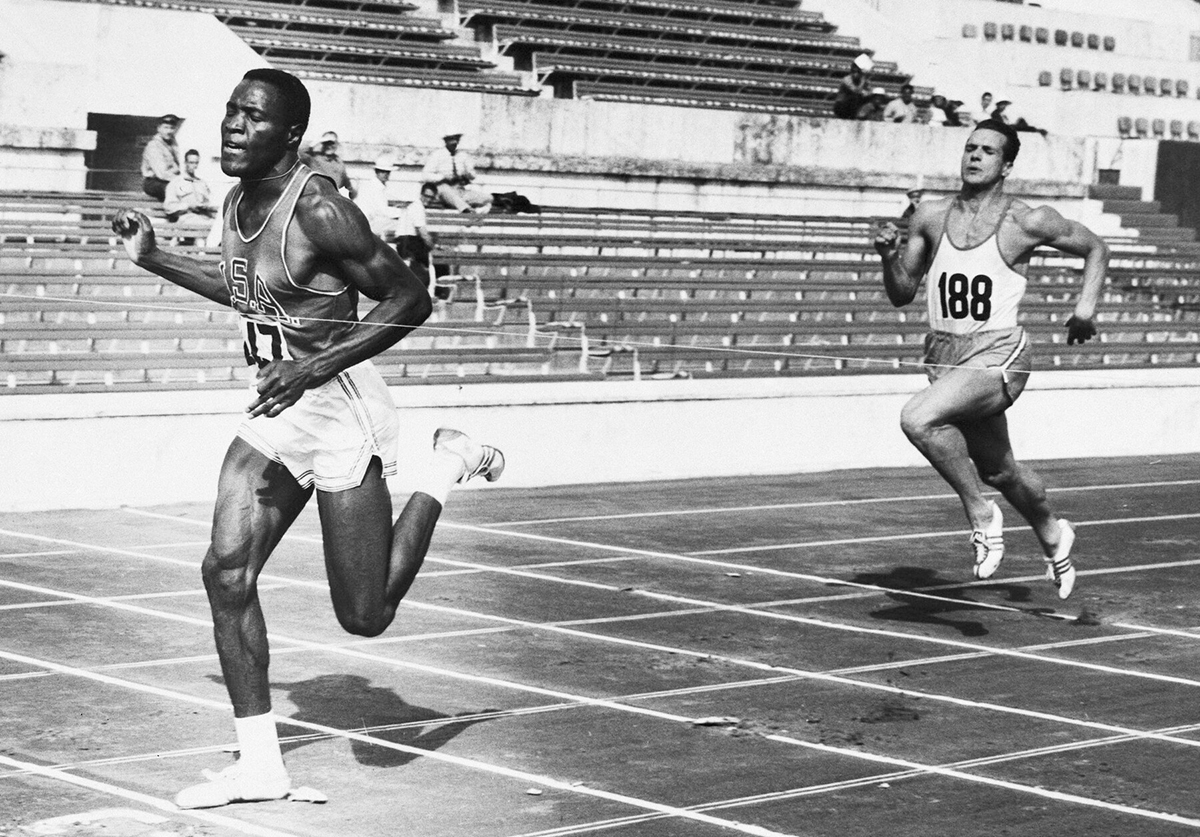
Rafer Johnson already had the world record, three national AAU championships, and a silver medal in the Olympics on his resume when he competed in the 1960 Olympics. At the 1960 Olympics in Rome, Johnson led his friend and fellow UCLA student Yang Chuan-Kwang of Taiwan after nine events. However, Chuan-Kwang was considered stronger in the final event, the 1,500 meters, and still had a chance to defeat Johnson. Knowing what he had to do to win, Johnson stayed with the fleet Chuan-Kwang throughout the race and claimed the gold medal. At the age of twenty-five, Rafer Johnson fulfilled his high school dream and earned the title of the greatest all-around athlete in the world!
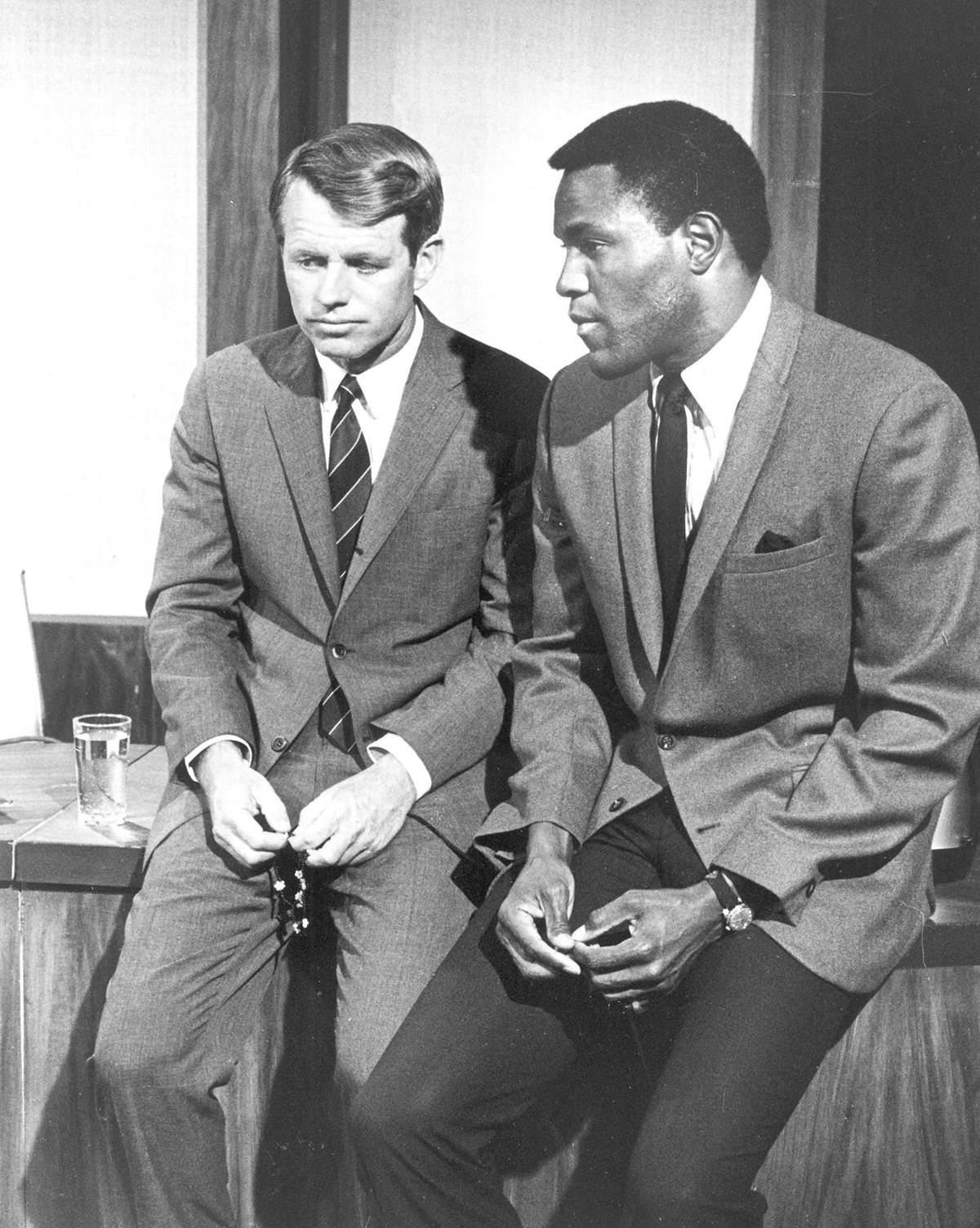
More honors were to follow as Rafer was named to the Helms Hall of Fame as Hall of the Athlete Foundation athlete of the year, Sports magazine athlete of the year, and Associated Press male athlete of the year, and was given the Junior Chamber of Commerce Award as one of the ten outstanding young men in the United States. He was subsequently inducted into both the National Track and Field Hall of Fame and the Black Athletes Hall of Fame.

